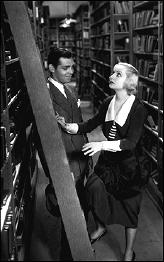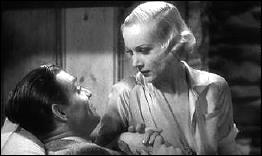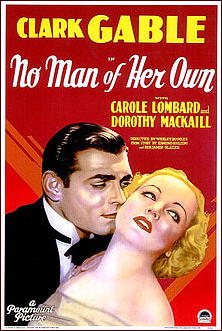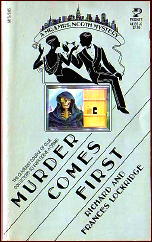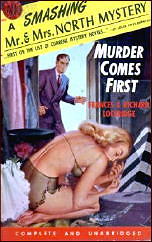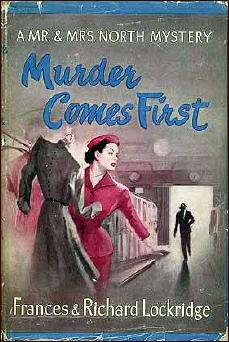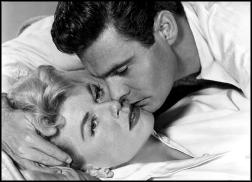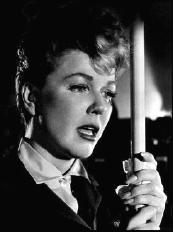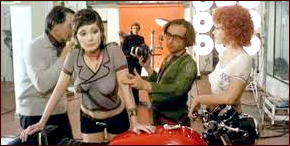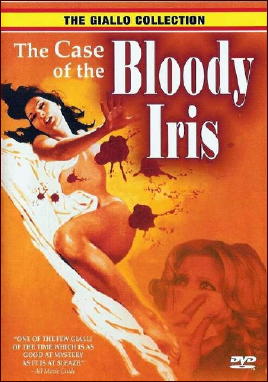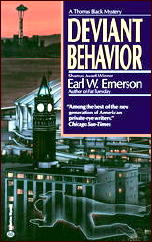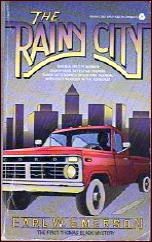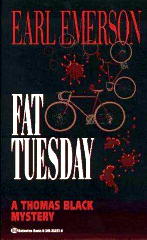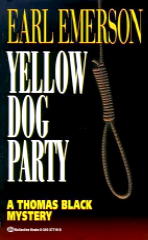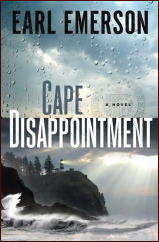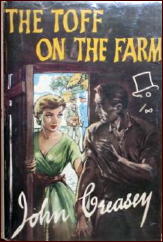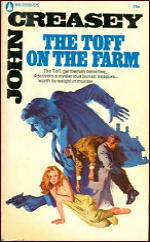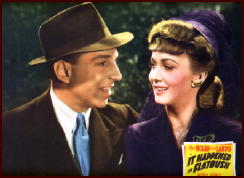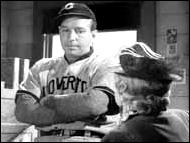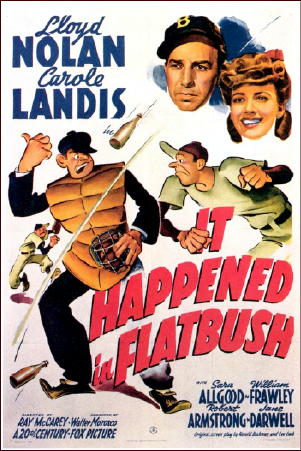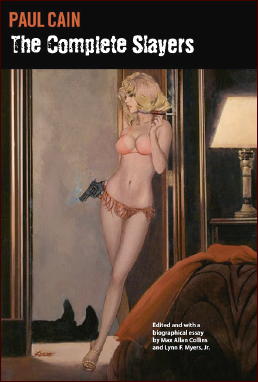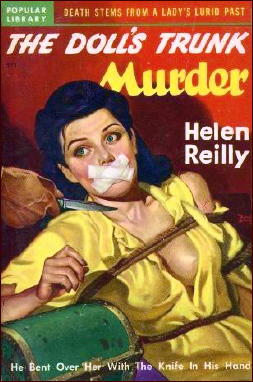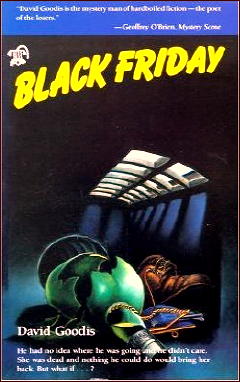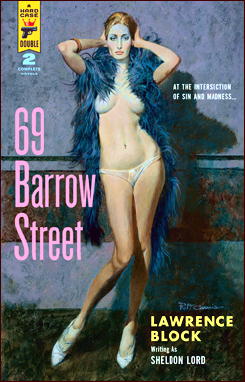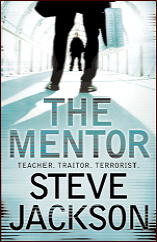Fri 13 Jul 2012
Reviewed by William F. Deeck: FALLON EVANS – Pistols and Pedagogues.
Posted by Steve under Authors , Reviews[9] Comments
William F. Deeck
FALLON EVANS – Pistols and Pedagogues. Sheed & Ward, hardcover, 1963.
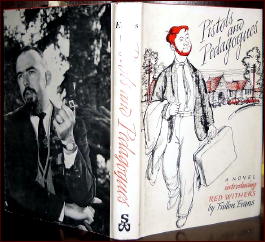
A placid town, at least on the surface, is Stratford, home of Saint Felicitas, a small Catholic college for girls. About the biggest thing that has happened there is the recent ostensible elopement of a professor with one of the students, the daughter of a Chicago gangster.
Into this placidity comes Red Withers, professional student and sponger. Withers has been invited to temporarily give up racking balls in a billiard parlor and lecture on James Whitcomb Riley at the college.
The invitation has come about through the good offices of a friend, who should have known better. The lecture doesn’t go well, though the reader will enjoy it, Withers is mistaken for the eloping professor by the gangster and for a flasher by the police, finds himself under attack by all sides, discovers a murder, and has to clean up the town’s drug element.
Withers is five foot three in his elevator shoes, when he has them. He also has a scraggly red beard, without which he looks like a wizened juvenile. People think that he is trying to conceal something with the beard, and he is: all that wizen.
This is an amusing picaresque novel, with a rogue who does not laugh in the face of death but who can joke about it afterwards. [Hubin says the setting is Chicago, but Stratford is half a day’s journey from Chicago by train.]
Bibliographic Data: This is my nominee (so far) for the most obscure detective novel to be reviewed on this blog this month. It was the author’s only work of detective fiction. Evans’ other novel, The Trouble with Turlow (Doubleday, 1961), is described by one online bookseller as “A light-hearted spoof on life and the education system.”
If this might lead you to believe that Evans real-llife profession was in the realm of academia, you would in all likelihood be correct. A “Fallon Evans” was the editor of the Twentieth Century Literature: a Scholarly and Critical Journal in the late 1960s and early 70s. Although the online WhitePages site finds 13 Fallon Evans in the US, the name is still relatively uncommon, and one can easily assume the two to be one and the same. [Perhaps the Fallon Evans described on one website as being “a professor of English at Loyola Marymount University” in the mid-1980s.]
Also note that Hubin’s current edition of Crime Fiction IV has updated the setting of the novel to Illinois.
